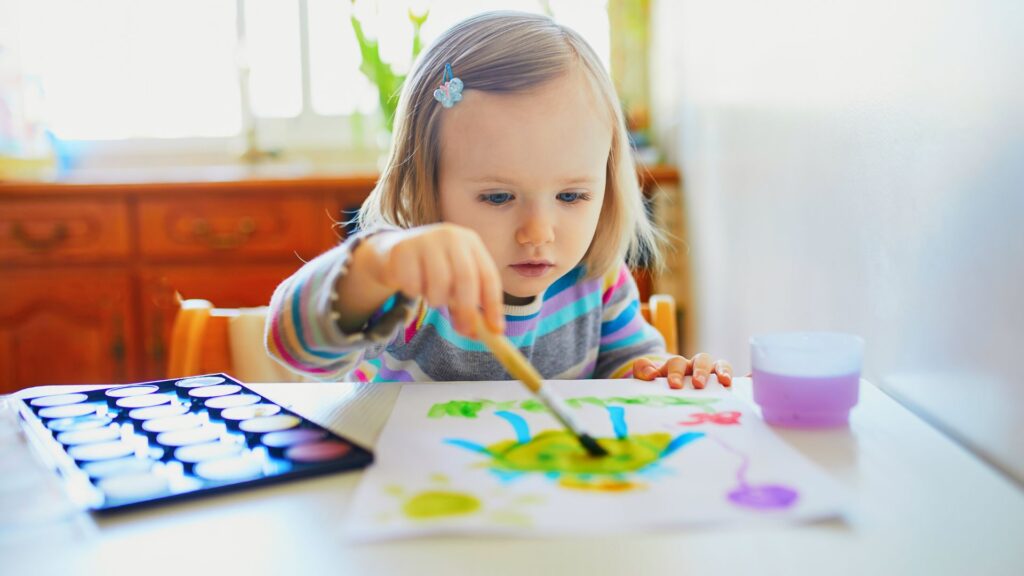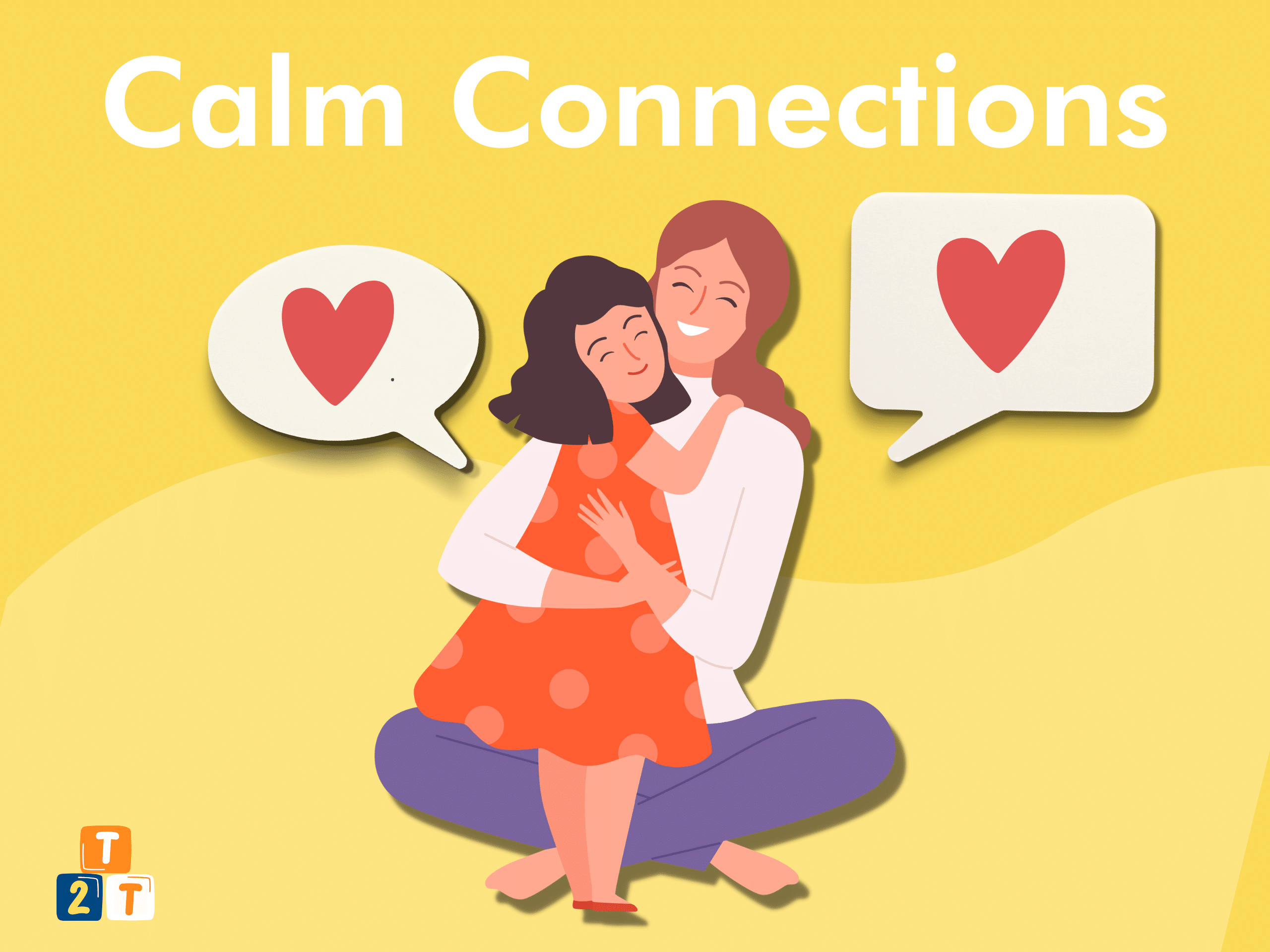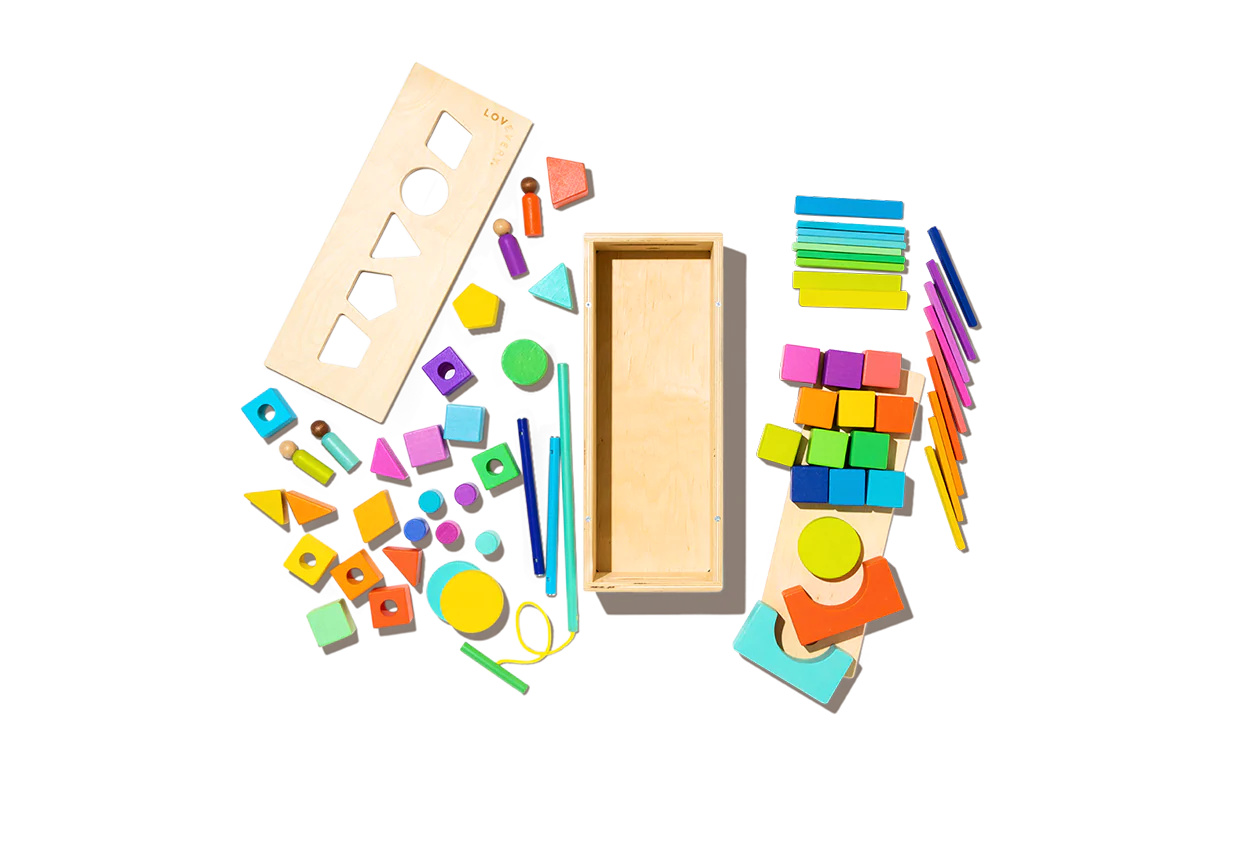I am a great advocator of quiet time and feel it is an essential part of your child’s daily routine as they grow. But what is it, why is it so good, and how can you maximize this precious time?
What Is Quiet Time for Kids?
Quiet time for kids is a period of the day when your child engages in independent play and exploration. During this time, your child can spend time in quiet exploration or calming activities. Quiet time is often used as a nap transition tool and offers children a mental break and rest time during the day.
Importance of Quiet Time for Kids
So why is quiet time so important to the overall well-being and development of your child?
- Recharge and transition. Providing your child with daily quiet time can help them recharge and transition between activities, leading to better sleep and overall mood.
- Teaches the art of relaxation. During quiet time for kids, your child can engage in independent play, read books, or simply sit and relax.
- Develops creativity and problem-solving skills. When our minds are quiet and have time to wander, creativity evolves and also allows us time to ponder and think. These are essential skills to encourage in our young children, especially in today’s busy society where we are constantly being fed manufactured information. It is important, therefore, to allow our children tech-free time in a quiet safe place each day.
- Improved mental health. Research shows that downtime can lead to increased creativity and better mental health, so by providing your little one with daily quiet time, you are helping them develop healthy habits that can benefit them for years to come.
- Decreases overstimulation and overtiredness. When young children start to need less daytime sleep they can easily become overstimulated and overtired. And as they are unable to gauge when they need to slow down, providing a regular quiet time for kids can do this for them and ensure that they make it through the day without becoming overtired.
- It’s a great transition period. Quiet times can help with transitions as a rested toddler or preschooler is usually more compliant than an overexcited or overstimulated one. Quiet time scheduled in the lead-up to mealtimes or leaving the house can be very beneficial.
- Encourages independence and self-reliance. Incorporating quiet time into your child’s daily routine can teach them to be comfortable with being alone and help them learn to entertain themselves without relying on technology or other external sources.
NOTE: Even if your little one is still napping at least once a day quiet time can be built into their routine so that when they eventually stop needing daytime sleep having a daily quiet time for kids is the natural next step.

Establishing a Quiet Time Routine
On top of all the benefits listed above, establishing a quiet time routine can be a great way to give both you and your child a much-needed break during the day.
So how can you establish this all-important part of your little one’s daily routine as they grow?
Here are a few tips to help you get started:
1. Make Quiet Time A Part Of Your Daily Routine
As you previously did with nap times, try to schedule quiet time at the same time of day, so your child knows what to expect.
This could be after lunch, before nap time, or in the late afternoon. A predictable routine can help your child feel more secure and calm.
2. Create A Calm And Quiet Environment
Choose a space in your home where your child can relax and unwind. This does not necessarily need to be their bedroom although that is a perfectly acceptable location.
Alternatives could be a cosy corner with pillows and blankets… Or a designated quiet time for kids area with books and toys.
Make sure the space is free from distractions or screens like TV or loud music.
3. Set Clear Expectations
Let your child know what is expected of them during quiet time. This could include reading quietly, playing with quiet toys, or simply resting.
Use positive language and be clear and consistent with your expectations. Do not be harsh with your quiet time rules, but you can also use a visual timer so your child knows how long they have left for their downtime. (Sand timers work great!)
4. Be Flexible
While it’s important to have a routine, it’s also important to be flexible. If your child is having a hard time settling down, try adjusting the routine or activities.
You could also try incorporating calming activities like deep breathing or simple yoga.
5. Make It Enjoyable
Quiet time doesn’t have to be boring!
Encourage your child to choose activities they enjoy, like colouring or listening to music. You could also read a book together or play a quiet game.
By establishing a quiet time routine, you can help your child develop important skills while also giving yourself a much-needed break.
Remember to be patient and flexible, and to make it an enjoyable experience for both you and your little one.
Want to stop your children from yelling, shouting & throwing tantrums... Whilst helping them listen to you and building a healthy strong relationship? Look no further than Calm Connections and transform your family’s life for years to come.
- Understand the best way to communicate with your child in different situations, so you feel more confident, relaxed, and in control... even during the most challenging moments. 💖
- Learn how to set clear boundaries and engage your child's cooperation 🌟
- Break free from tantrum cycles and promote healthy alternatives (without using punishment) 🎉
- Learn my trade secrets (collected over 40+ years in the childcare industry) to get your child to listen to you without shouting 🙌
- Promote kindness and honesty to prioritize a respectful relationship with your child ❤️
Promoting Self-Directed Play
Quiet time for kids is going to be more successful and beneficial if your little one is able to play and explore alone.
Some children find it easier than others and there are things you can do to ensure your little one is able to entertain themselves and set them on the right path to self-directed play.
Encouraging self-directed play is a great way to help your little one learn to entertain themselves but you need to offer the right kind of activities and most importantly you need to show them how to do it.
To promote self-directed play, provide your child with a variety of toys and materials that they can use to entertain themselves. These can include things like blocks, dolls, art supplies, books and puzzles. It’s also important to give your child space and time to play without interruption.
Designated quiet time is an ideal time to set aside to encourage self-directed play. During this time, your child can choose what they want to do and how they want to do it.
If your little one is struggling to engage in this type of play alone it is OK for you to help them on their way.
REMEMBER: The most important thing to remember is that this type of play is unstructured, meaning that your child decides what they want to do and how they want to do it. In essence, it allows them to explore their own interests and develop their imagination.
Quiet Time Activities
When it comes to quiet time activities for kids, there are plenty of options to choose from. Here are a few ideas and quiet time toys to help keep your child entertained during their quiet time:
- Puzzles: Puzzles are a great way to keep your little one engaged and focused during their quiet time. Choose a puzzle that is appropriate for their age and skill level.
These classic 24-piece wooden puzzles are easy to grasp, lift and fit together to create bright scenes of the ocean, being on safari and walking among dinosaurs! Perfect for a quiet afternoon toddler activity, these puzzles will be a wonderful addition to any toy box.
- Reading books: Allowing young children to look at books by themselves (even if they’re just picture books) will do wonders for their development, imagination and literacy skills. I believe it’s never too early to foster a love of books in your children.
- Coloring: Coloring is a classic quiet-time activity that can help your child relax, unwind and boost creativity. You can provide them with a coloring book or print out some coloring pages for them to work on.
This set of vibrant chalk sticks will give your little one endless opportunities to get creative! With an anti-roll shape, washable properties and a bright array of colours, it is the perfect companion for any play session.
- Magnetic Tiles: Magnetic tiles are a fun and creative way for your child to spend their quiet time. They can use the tiles to build structures and explore their creativity.
- Blocks: Building blocks are a perfect quiet time for kids activity that will boost creativity and problem-solving skills in a calm and relaxing way while helping develop fine motor skills too.
Possibly the most comprehensive wooden block set ever created!
This beautiful and brilliantly designed wood block set promotes spatial, language, and problem-solving skills through bright and solid wood building blocks, planks, shapes, people, magnetic wheels and dowels with a toggle string. All are safely kept in a wooden storage box and a cotton drawstring bag for storage at the end of a busy day!
- Audiobooks: Audio books are one of my favourite things for young children and are a great way to keep your child entertained during their quiet time. My son absolutely loved them – just make sure you’re choosing books that are appropriate for their age and interests.
- Quiet Time Bin: Create a quiet time bin filled with activities that your child can do independently. The bin can include puzzles, coloring books, magnetic tiles, cuddly toys, and other quiet time for kids’ activities.
REMEMBER: The key to a successful quiet time is to choose activities that your child enjoys and that will keep them engaged and entertained. By providing them with a variety of options, you can help them develop their creativity and independence while also giving them (and you!) a much-needed break during the day.
Quiet Time And Screen Time
In my opinion, quiet time should not include screen time.
Screen time needs to be well monitored especially in the very young and quiet time is certainly not the time or place to be introducing screens to your little one.
It has now been well documented that too much screen time for young children can lead to behavior problems, delays in language and social skills development, and limited attention span.
The American Academy of Child and Adolescent Psychiatry recommends limiting screen use to one hour per day of high-quality programming for children between the ages of 2 and 5.
For children under 2, no screen time is recommended other than video calls or chats with relatives or close friends.
To avoid disruptions during quiet time, it’s best to avoid electronics altogether. This includes televisions, tablets, and smartphones.
Instead, encourage your child to engage in quiet activities such as reading, drawing, or playing with quiet toys.
By limiting screen time and encouraging quiet activities, you can help your child develop important skills and habits that will benefit them in the long run.
Looking to get your little one to sleep quickly and effortlessly through a healthy nighttime routine? Check out my Bedtime and Nap Cheat Sheet and master the art of making daytime naps and bedtimes as seamless as possible.
A bedtime & nap cheat sheet so good your little one will ask you to put them to bed...
Laura Williams "This is a life saver! I'm so glad I downloaded your bedtime & nap cheat sheet. My little one actually asked me to put him to bed last night! Unbelievable! Thank you so much!"
Click Here For The FREE Cheat Sheet
Frequently Asked Questions About Quiet Time For Kids
Looking for more information about quiet time for children? Here are the answers to the most common questions.
How Long Should Quiet Time Be For A 3 Year Old?
Quiet time for a 3-year-old should be around 30 minutes to 45 minutes. It’s important to remember that every child is different, so adjust the time based on your child’s needs and personality.
For example, if your child is starting quiet time for the first time, start with 10-15 minutes and gradually add to this as they get used to spending some quiet time by themselves.
How Long Should Quiet Time Be For A 4 Year Old?
Quiet time for a 4-year-old should be around 45 minutes to an hour. Again, adjust the time based on your child’s needs and personality.
What Are Some Quiet Time Activities For 4 Year Olds?
Some quiet time activities for 4-year-olds include reading books, coloring, playing with puzzles, building with blocks, and playing with quiet toys like stuffed animals or dolls.
What Are Some Good Quiet Time Music Options For Young Children?
Classical music or instrumental music without lyrics is a good option for quiet time. You can find playlists on streaming services or create your own playlist with calming music.
What Counts As Quiet Time?
Quiet time is a period of the day when your child spends time alone doing independent and quiet activities. It can be in their room or play area, and they can read books, color, play with quiet toys, or do any other activity that is calming.
What Is A Quiet Zone For Kids?
A quiet zone is a designated area in your home where your child can go to have quiet time. This can be a specific room or a corner in a room that is comfy and away from the busy parts of the household. Make sure to have soft furnishings or cushions and calming activities and toys available in the designated area.
What Age Do Kids Stop Doing Quiet Time?
Every child is different, but typically children stop doing quiet time around the age of 5 or 6 when they start going to school full time. However, I would encourage quiet time beyond this age as many children will still benefit from some daily downtime (especially if they have had a hectic day at school).
Need More Parenting Help?
- Download our FREE Bedtime & Nap Sleep Cheat Sheet. It’s a free, easy-to-use and proven formula designed for parents of 0-5 year olds to master the art of consistently undisturbed and restful sleep without the yelling, nagging or exhausting long-winded evenings.
- Check out our Parenting Toolbox. You’ll get access to expertly-chosen products that you can guarantee are the best for your little one and your wallet.
- Are you looking for personalized guidance to navigate the challenges of parenting? I offer 1-on-1 consultations to bring you tailored strategies and actionable advice to help support your child's growth and well-being with confidence.

A bedtime & nap cheat sheet so good your little one will ask you to put them to bed...
Laura Williams "This is a life saver! I'm so glad I downloaded your bedtime & nap cheat sheet. My little one actually asked me to put him to bed last night! Unbelievable! Thank you so much!"
Click Here For The FREE Cheat Sheet



